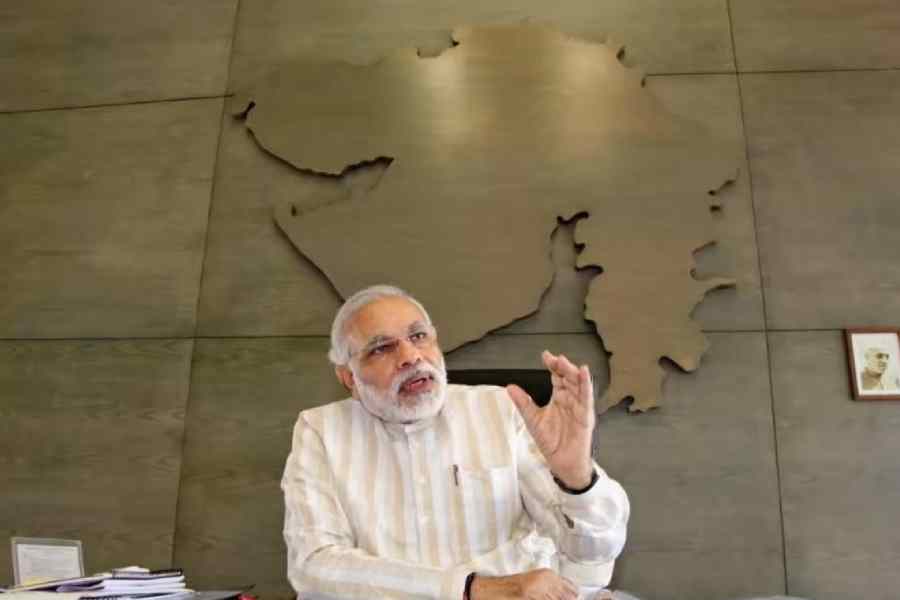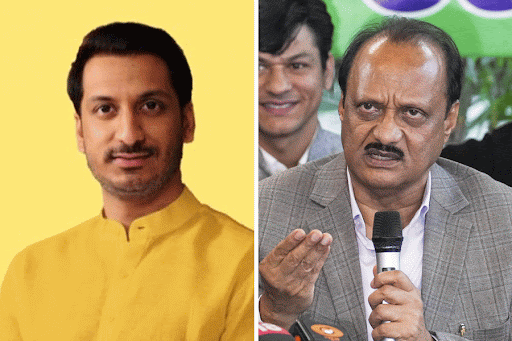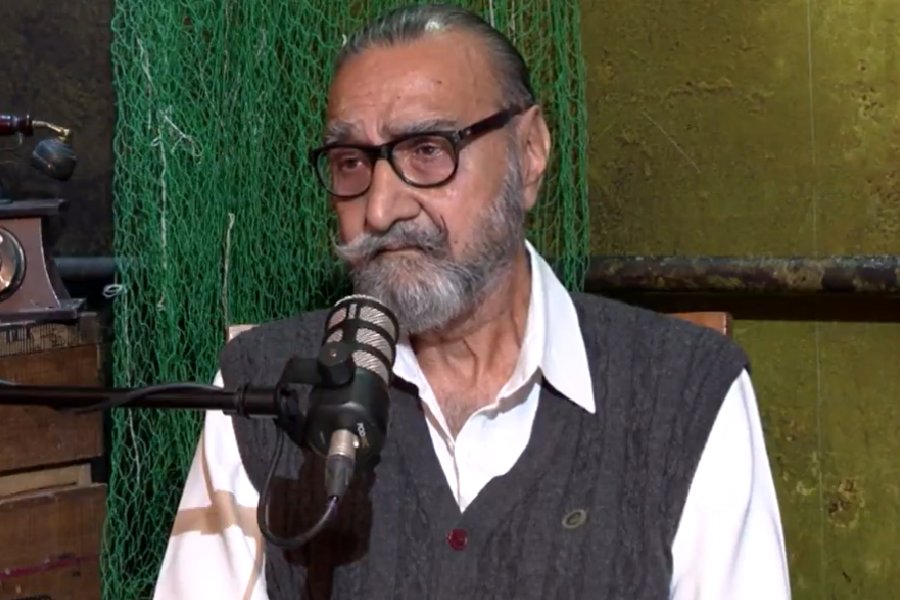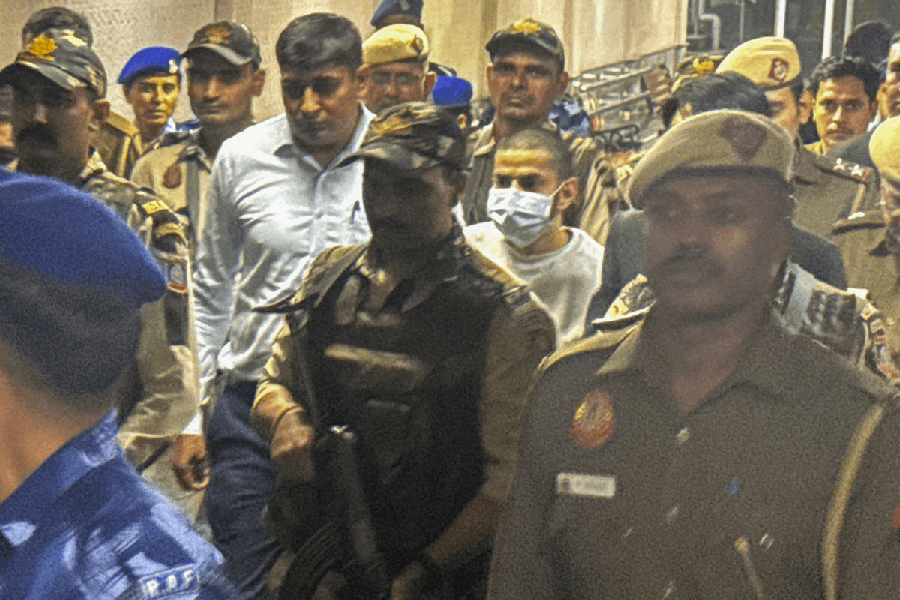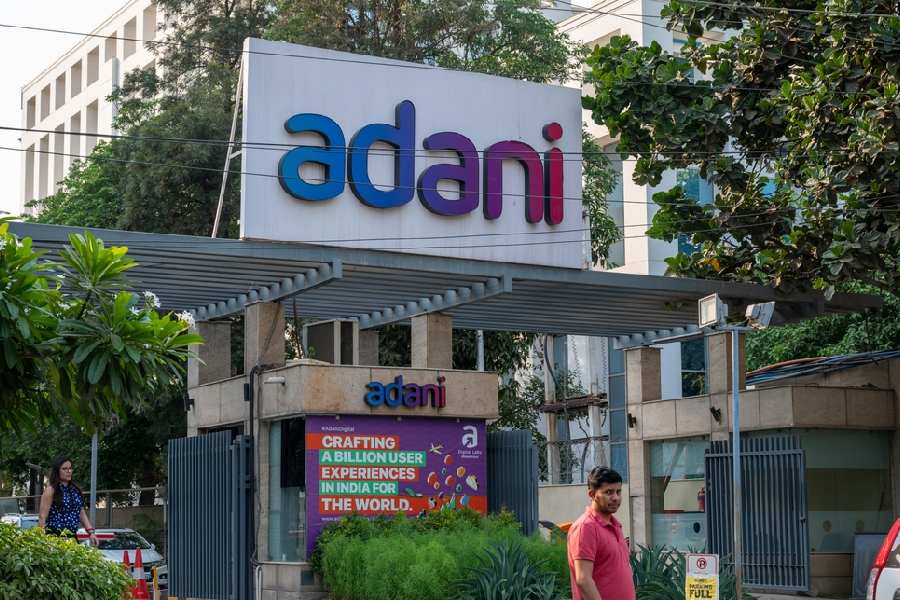GUJARAT UNDER MODI: THE BLUEPRINT FOR TODAY’S INDIA
By Christophe Jaffrelot
Context, Rs 899
It is improbable that the analysts and the aam aadmi invested in India’s recent political trajectory are ignorant of the ‘Gujarat Model’. The prime minister’s legion of admirers — the Indian media being the most wide-eyed and breathless among them — has made it a point to ensure that both the expert and the layman are well-aware of the many facets of the Gujarat Model. The expression, model, is of significance in this context. For innumerable Indians, it suggests a template of effective governance that was conceived of and executed in Gujarat under Narendra Modi’s watch.
Christophe Jaffrelot’s book, a courageous work given these pusillanimous times — Indian publishers did not have the courage to publish the first draft of this book on the eve of the 2014 elections — strikes at the heart of the collective assumption that the Gujarat Model is associated with efficient governance. Jaffrelot, unlike the Modi regime, does not concoct his views out of thin air. Gujarat Under Modi is
solidly researched, exhaustive in its scope of analysis, pugnacious in its assertions and reads — the draining detailing notwithstanding — engagingly.
At the heart of the book lies Jaffrelot’s claim — evidence — of the overlaps between Modi’s reign in Gujarat with his subsequent dominance of the Indian polity. These convergences are broadly divided into five principal characteristics. First — no surprises here — is the express use of communal sentiments and polarisation to achieve electoral dividends, a strategy that Modi first perfected and then used extensively during his three stints as chief minister of Gujarat and, then, as prime minister. Next, Jaffrelot writes, comes the hollowing out of the rule of law both in the state and, now, in New India. This erosion’s chief manifestations would entail the exertion of unethical pressure on the police, the media, and even the judiciary, the dismissal of meritocracy within institutions, the ushering in of a culture of intimidation, the broadening of the scope of surveillance as well as the unleashing of vigilantism. Jobless growth, crony capitalism, emphasis on big investments and infrastructure coupled with the worsening of social indices, inequality and poverty — warts that blight the countenance of both Gujarat and India — constitute the third overlap. The most interesting of these convergences though is the fourth element, what Jaffrelot calls Moditva; in other words, Modi’s perverse success in dismantling the collegiality of the Hindutva ecosystem to stamp his authority in the form of a personality cult on the saffron fold, the party hierarchy and, then, the government. The final Gujarat-India connection, Jaffrelot argues, lies in Modi’s unparalleled success in mobilising the elite and the neo-middle class, thereby creating a churn in the traditional equations among class, community and politics.
But even a man with self-proclaimed divine roots could not have done all this by himself. He would need a bit of help. The fleshing out of the Gujarat Model was thus contingent upon the existence of a set of historical, social and cultural preconditions. Jaffrelot unveils this prehistory knowledgeably and with dexterity. An entire set of agents — history, geography, caste, politics, even literature — came together to facilitate Modi’s triumph in the future. Several strands of Gujarat’s social, economic and cultural predispositions — the anxieties of being a border state, indigenous entrepreneurial expertise, a peculiar fusion of identity with subnationalism and ethnic nationalism along with a pervasive Otherisation directed at a religious minority — coalesced to create a fertile ground that Modi would exploit to conjure his brand of politics and governance. The Congress, supposedly an adversary of the Bharatiya Janata Party, pitched in too: its political irrelevance in the post-1980s, which corresponded with the BJP’s ascendance, could be attributed to the former’s failure to pursue the charter of social justice as well as its inability to forge a wider coalition among the upper castes and the social constituencies of KHAM. The segment, “Gujarat before Modi”, provides a crucial backstory to Jaffrelot’s subsequent analysis.
Jaffrelot locates the resistance to Modi’s authoritarian rule among a disparate, disaggregated constituency of dissenters. While reading Gujarat Under Modi against
the backdrop of the results of the general election, one would be tempted to add a section of the disenchanted electorate to this mix of dissenters. But Jaffrelot warns that the replication of the Deep State at the national level, much like in Gujarat, makes “any return to the status quo ante difficult, even if the BJP loses elections”. That can only mean that the price of freedom would truly be an eternal vigilance.

